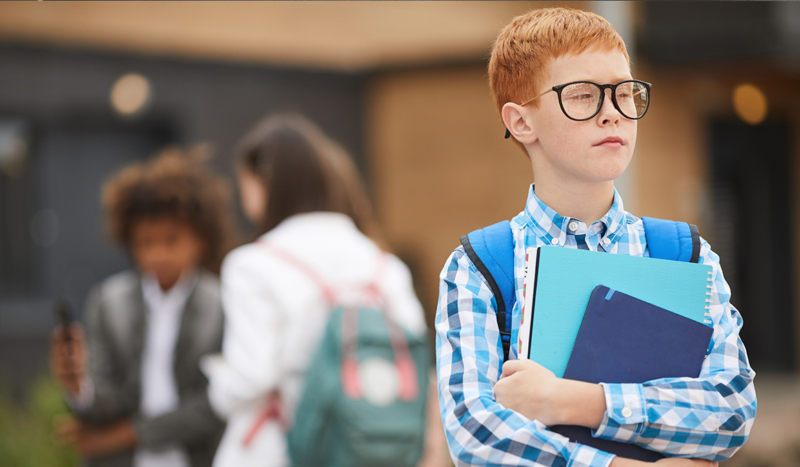
CV NEWS FEED // Iowa has approved 18,600 Education Savings Accounts (ESAs) for its new school choice program.
Over 29,000 students had applied for the program. Fewer than 1,000 applications are still under review. So far, the bill will help students in all but three of the 99 counties in Iowa.
As CatholicVote previously reported, ESAs work by giving parents “back a portion of their education tax money to use toward their children’s education.”
Iowa’s per-pupil allocation is about $7,600. After parents make the tuition payment, they may purchase other educational materials through Odyssey, a New York-based company that supplies the school program in Iowa.
This is the program’s first year. It has no budget cap, and every approved applicant receives funding. The state projected 14,000 approved applicants, but the results exceeded that by over 4,000.
Republican Gov. Kim Reynolds signed the bill, known as the “Students First Act,” in January, declaring, “What an amazing day for our children.”
As the bill was making its way through the state legislature, Reynolds remarked:
For the first time, we will fund students instead of a system, a decisive step in ensuring that every child in Iowa can receive the best education possible. Parents, not the government, can now choose the education setting best suited to their child regardless of their income or zip code. With this bill, Iowa has affirmed that educational freedom belongs to all, not just those who can afford it.
The governor spent three years advocating for the policy as an expansion of school choice regardless of income.
“The tremendous response from Iowa families demonstrates there’s both a need and a strong desire for school choice in our state,” said Reynolds in July after applications closed. “Allowing parents to choose the education that’s best for their children levels the playing field and creates equal opportunities for Iowa’s students.”
Only Republicans supported the January legislation. One Democratic lawmaker, who referred to the ESAs as “vouchers,” argued that giving parents a choice of where to use their education tax money “might cause public schools to close.”
However, at the signing ceremony, Reynolds clarified that despite her critics’ allegations, she is a staunch supporter of the state’s public schools. “Public schools are the foundation of our educational system, and for most families, they’ll continue to be the option of choice,” she said. “But they aren’t the only choice. And for some families, a different path may be better for their children.”
About 33,700 Iowa students attend private schools, while 486,500 attend public schools.
For every student that receives an education savings account, public schools will receive $1,205 in state funding, rather than the $7,600 they would have received if the student attended a public school.
Because of limited slots, not every student with an approved account will necessarily attend a private school in the Fall. Funds for approved students who are unable to attend private schools will return to the general state fund.
The program begins by prioritizing students in both public and private schools whose households are up to 300% of the federal poverty line, or about $90,000 for a family of four, during this upcoming school year. The next school year will increase the income limit to 400% of the poverty line, and in the program’s third year, it will be open to all students.
Iowa’s bill follows other states, such as Florida and Arizona, that have approved education savings accounts as demand for school choice rises. Many states, including Utah, Tennessee, Arkansas, Nebraska, and Alabama, have been implementing other forms of legislation to promote school choice.

